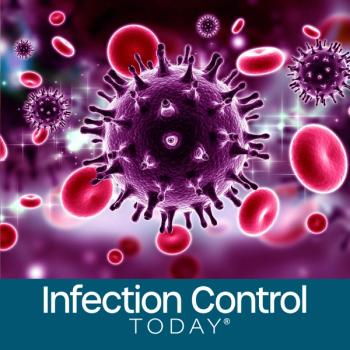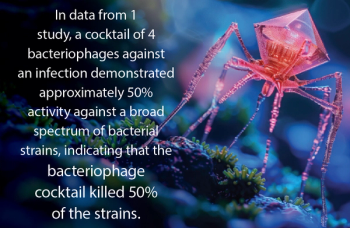
Health Campaigns Should Address Public Norms
Targeting people at highest risk for HIV and STD infection may not be the best approach, says TulaneUniversity public health expert Tom Farley. Farley and coauthor Deborah Cohen of the RAND Corporation published an article in this month's issue of the International Journal of STD & AIDS, proposing broader campaigns to the general public to reduce STD risk.
This idea might appear intuitive, but often in public health we have focused on profiling individuals at high risk of getting or spreading HIV and other STDs, and then talking directly to them, says Farley. In this article we argue that directing our efforts toward changing the overall acceptability or opportunity for risky sexual decision-making might be more effective than the one-on-one interventions. Partly this is because people influence each other. And partly this is because the group of people at highest risk is a moving target that is hard to hit. A person who engages in high risk behaviors today might not make the same decisions in six months, and another person might take his or her place.
Changing the way media portray sex and relationships could help reduce the acceptance of sexual behaviors such as having a high number of partners, Farley says. The number of sexual partners people have over their lifetime is linked to their risk of HIV and STDs. Other options might include addressing access to alcohol or illegal drugs, since intoxication can lead to poor sexual decision-making. While not all sexually transmitted diseases are as incurable and fatal as HIV, STDs can result in discomfort and infertility, and make it more possible to become infected with HIV.
To explain the idea, Farley refers the history of efforts to reduce excessive alcohol consumption. Identifying heavy drinkers at clinics or the doctors' offices and then attempting to help them individually was not as effective in reducing overall excessive consumption as increasing taxes, changing laws and limiting access to alcohol, Farley says.
The team examined data gathered in 45 states during the General Social Survey, 1988 - 1998, to test the possible correlation between the average number of partners and the number of partners high risk people might have. They found a strong correlation in that comparison.
The cost-effectiveness of sexual health education campaigns has long been of interest to Farley and Cohen. Public health organizations work with limited resources and want to have the greatest impact for their efforts. Farley and Cohen have shown in the past that it is cost-effective to target efforts toward very narrow populations at highest risk for HIV transmission, such as men who have sex with men or injection drug users, but that it also would be cost effective to develop larger campaigns for a broader audience, and to address social and policy issues that either enable or inhibit healthy behaviors. The goal, Farley says, would be to reduce the number of lifetime sexual partners across the board, and therefore reduce the disease risk for everyone. In any case, Farley argues, prevention is generally more cost effective than treatment.
Source: Tulane University
Newsletter
Stay prepared and protected with Infection Control Today's newsletter, delivering essential updates, best practices, and expert insights for infection preventionists.






